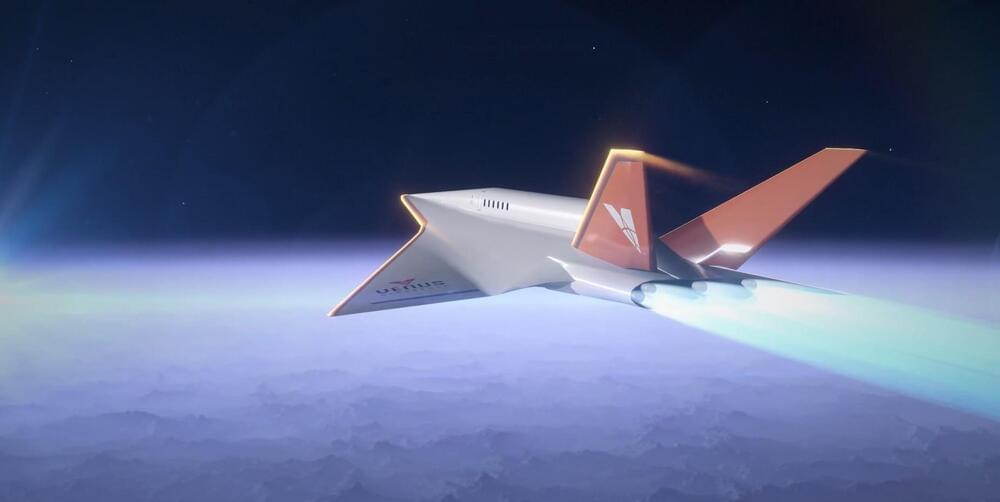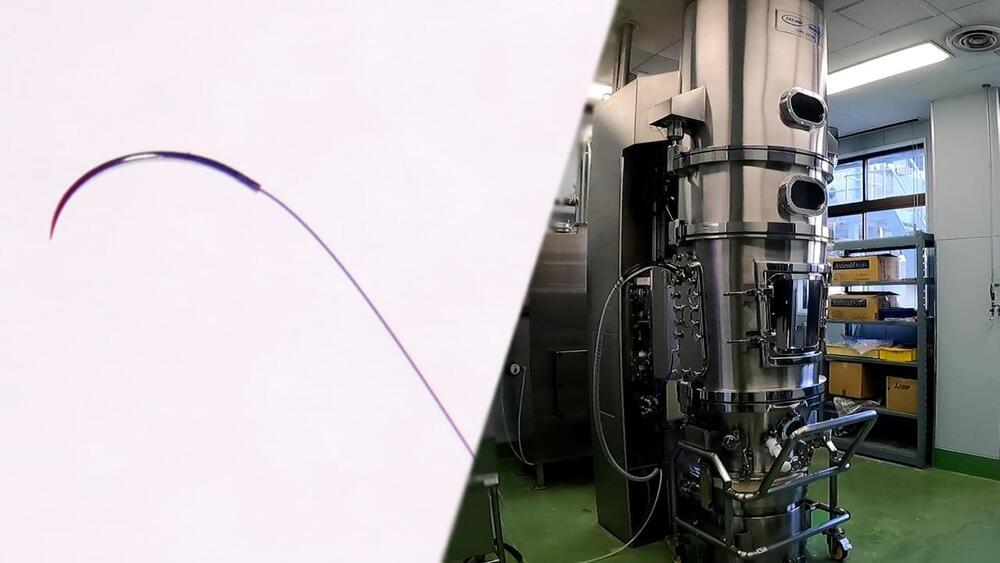Get the latest international news and world events from around the world.

Houston Startup Unveils Stargazer, a Mach 9 Hypersonic Spaceplane Concept
A company that wants to make “one-hour global flight” possible needs to move fast as well. Just two months after a Series A funding round that enabled it to secure $20 million, this young aerospace company in Houston, Texas, is now unveiling the design concept of its flagship spaceplane called Stargazer.

Beefalo, a bison-cattle hybrid, is being touted as the healthy meat of the future
Not that Thier should be more animals raised for meat.
But beefalo does have its opponents.
“We just don’t think there should be beefalo,” said Martha McFarland, farmland viability coordinator for the advocacy group Practical Farmers of Iowa. She also raises cattle and bison, but said she would never mix the two.
“Nature did just fine producing bison. It’s an excellent animal that also is good to eat, and mixing it with cows is not necessary and weakens the genetic line of the bison.”

Inside the US lab freezing the dead at —196C — BBC REEL
Wojtek Tek.
Tenor.
Sean Brazell is feeling thoughtful.
A short but recently released cryonics piece from the BBC focused on Alcor, a foundation based in the state of Arizona here in the United States. It runs the largest cryonics patient storage facility on earth, alongside it’s in-house research labs. It also helps fund many external research efforts around the world, including the funding of R&D in university medical and engineering research programs, as well as at both private and public corporate research facilities.

Surgical Needles / Pharmaceutical Manufacturing Equipment
The fascinating stories and secrets behind hit Japanese products, plus parts and machines that boast the top share of niche markets. In the first half: the story behind the world’s smallest surgical needles—only 0.03mm in diameter. In the second half: pharmaceutical manufacturing equipment essential for making pills. They apply coatings which allow easier ingestion and controlled release of the medicine. We go behind the scenes with the Japanese company that develops this equipment.
Real-Life ‘Star Trek’ Tractor Beams Will Change How We Practice Medicine
Circa 2015
Star Trek’s ideal view of medicine is closer than we think.
Scientists grew living human skin around a robotic finger
In the hopes of one day building super realistic cyborgs, researchers built a robotic finger that wears living human skin.

Andrea De Souza — Eli Lilly — Leveraging Big Data & Artificial Intelligence For Unmet Medical Needs
Leveraging big data & artificial intelligence to solve unmet medical needs — andrea de souza — eli lilly & co.
Andrea De Souza, is Associate Vice President, Research Data Sciences and Engineering, at Eli Lilly & Company (https://www.lilly.com/) where over the past three years her work has focused around empowering the Lilly Research Laboratories (LRL) organization with greater computational, analytics-intense experimentation to raise the innovation of their scientists.
A former neuroscience researcher, Andrea’s portfolio career has included leadership assignments at the intersection of science, technology and business development. She has built and led informatics and scientific teams across the entire pharmaceutical value chain.
Most recently, Andrea focused on building the Pharma Artificial Intelligence market at NVIDIA. Through this experience she has traveled the world advising bio-pharmaceutical clients, academics, research institutes, and startups in the potential of machine learning and artificial intelligence across every discipline of the industry.
Prior to her role at NVIDIA, Andrea held leadership positions at the Broad Institute of Harvard and MIT, Amgen, and Roche.